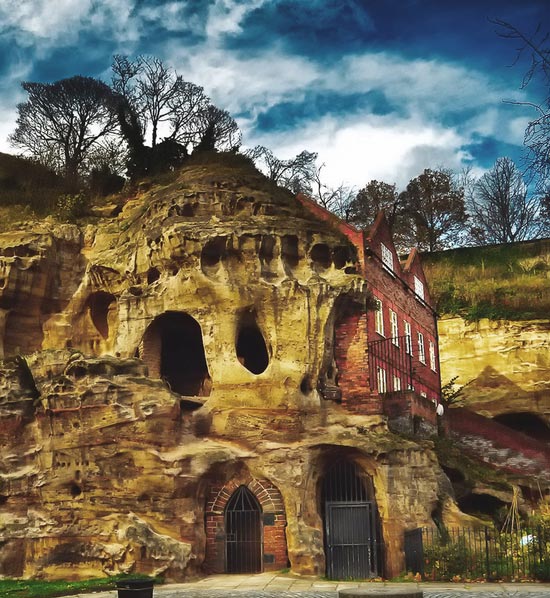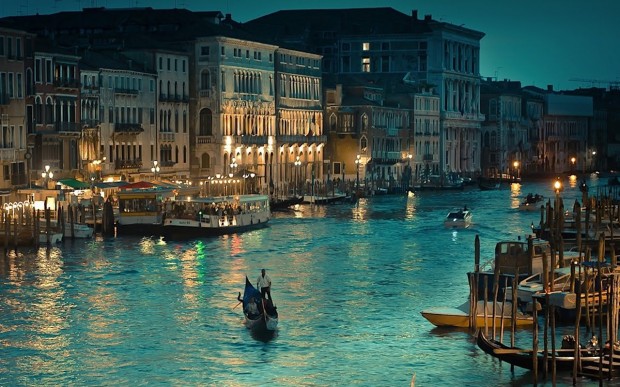Chittorgarh is in the southern part of
Rajasthan,
lies on the Berach River, a tributary of the Banas, and is the
administrative headquarters of Chittorgharh District. It is 112 km from
Udaipur and 182 km from
Ajmer
served as a capital city to the Sisodia clans of Rajputs of Mewar for a
long time. The district is a famous tourist destination for its massive
fortress claimed to be the largest amoung all the Rajput fort and has
witnessed the legendary tale of
Queen Padmini's act of jauhar that fascinates most historians and travellers.
History
Historically, the Chittorgarh fort was built by the Maurayans in 7th
century A.D. Some accounts say that the Mori dynasty was in possession
of the fort when Bappa Rawal the founder of the kingdom of Mewar seized
Chittorgarh (Chittor fort) and made it his capital in 734 AD. While some
other accounts say Bappa Rawal received it as a part of the dowry after
marriage with the last Solanki princess.
The first attack was by Alauddin Khilji in 1303 A.D., who was
enamoured by the beauty of Padmini of which he had only heard. Rani
Padmini preferred death to abduction and dishonour and committed jauhar
(an act of self immolation by leaping into a large fire) along with all
the other ladies of the fort. All the men left the fort in saffron robes
to fight the enemy unto death. Chittorgarh was captured in 1303 A.D. by
Alauddin Khilji, Sultan of Delhi who led a huge army. Elderly people
then had the responsibility to raise the children. It was recaptured in
1326 A.D. by the young Hammir Singh, a scion of the same Gehlot clan.
The dynasty (and clan) fathered by him came to be known by the name
Sisodia after the village where he was born.
By the 16th century, Mewar had become the leading Rajput state.
Rana Sanga of Mewar led the combined Rajput forces against the Mughal
emperor Babur in 1527 A.D., but was defeated at the Battle of Khanua.
Later in 1535 A.D., Bahadur Shah, the Sultan of Gujarat besieged the
fort causing immense carnage. It is said that again just like in the
case of Jauhar led by Padmini in 1303 A.D., all 32,000 men then living
in the fort donned the saffron robes of martyrdom and rode out to face
certain death in the war, and their women folk committed Jauhar led by
Rani Karnawati. The ultimate sacrifice for freedom, Jauhar was again
performed for the third time after the Mughal Emperor Akbar captured
Chittorgarh in 1568 A.D.
Chittorgarh is also famous for its association with two very
widely known historical figures of India. The first is, Meera Bai the
most famous female Hindu spiritual poetess whose compositions are still
popular throughout North India. Her poems follow the Bhakti tradition
and she is considered to be most passionate worshipper of lord Krishna.
Chittorgarh remains replete with historic associations and holds a
very special place in the hearts of Rajputs, as it was a bastion of the
clan at a time when every other stronghold had succumbed to invasion.
The fort and the city of Chittorgarh also hosts the biggest Rajput
festival "Jauhar Mela". It takes place annually on the anniversary of
one of the jauhars, not the one by Padmini which is most famous. This
festival is to commemorate the bravery of Rajput ancestors and all three
Jauhars which happened at Chittorgarh. A huge number of Rajputs which
include the descendants of most of the princely families do a procession
to celebrate the Jauhar.







1 comments: